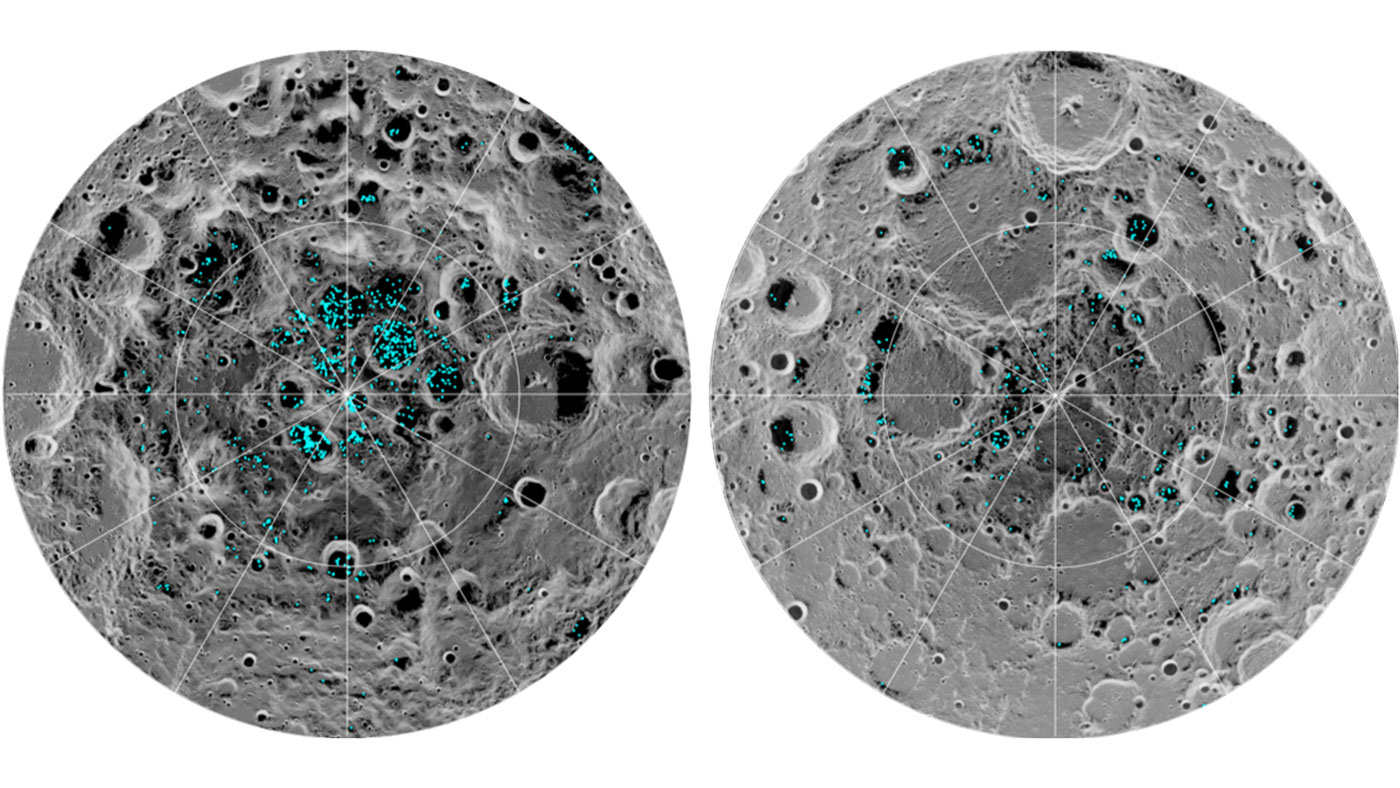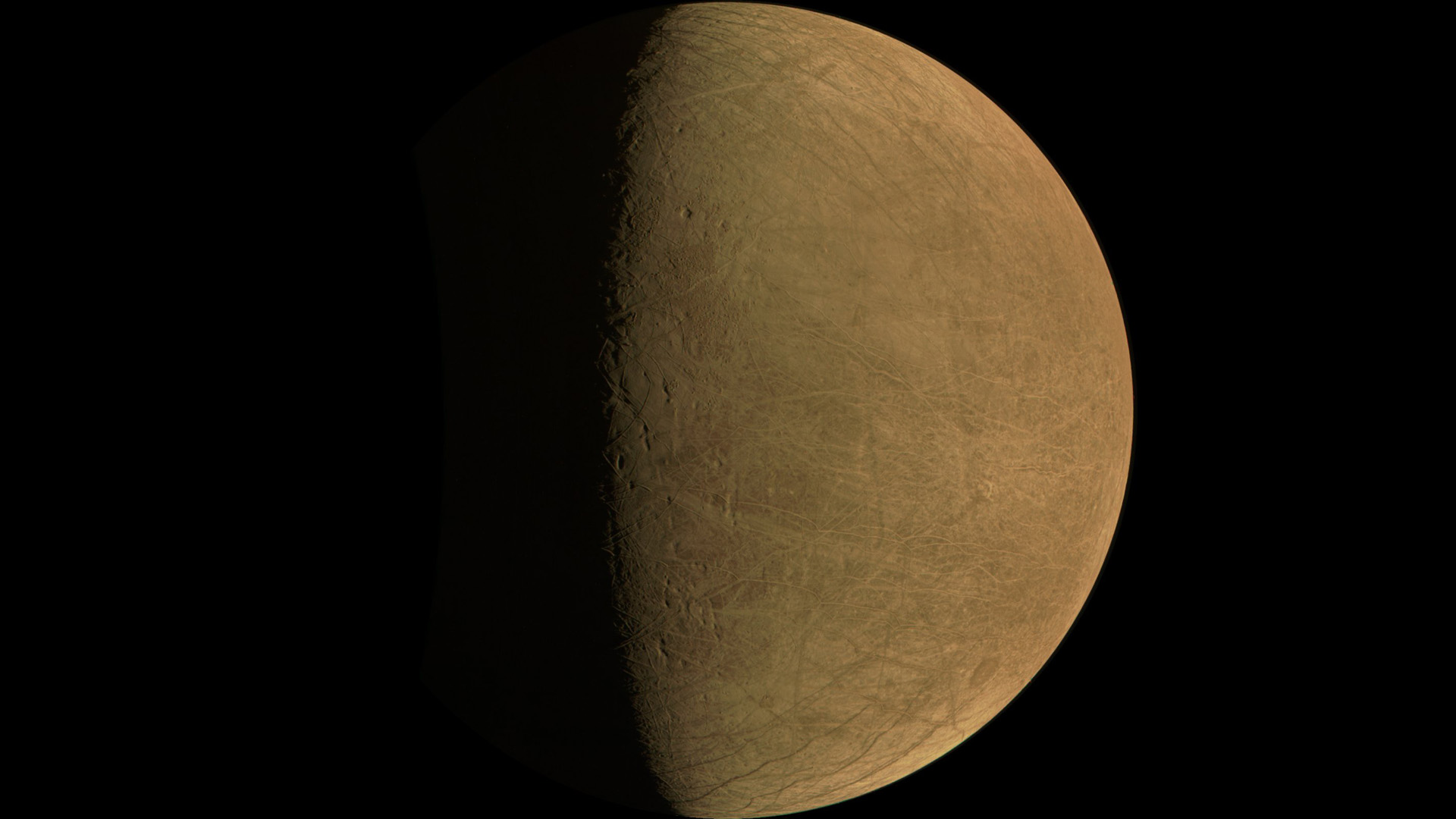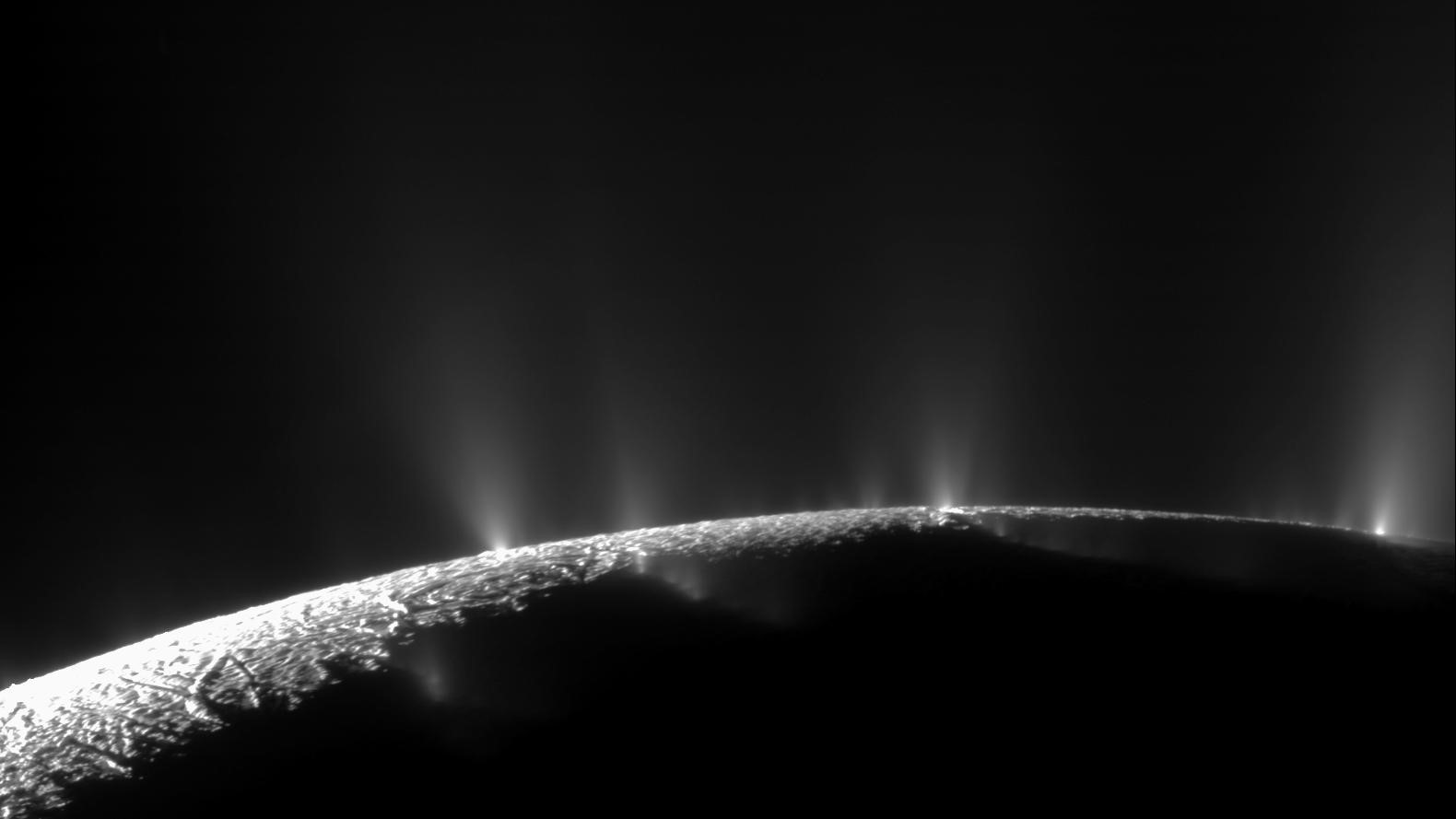Wild mission concepts would melt into icy moons, surf on sunlight to the ice giants, and more

From the tiniest cubesat to the behemoth James Webb Space Telescope, every space mission begins with an idea.
Teams of scientists brainstorm how they can use technology to search for answers to their most pressing questions about the universe. If they're lucky, after years of planning, those ideas become reality. The forefront of space missions is certainly thrilling — crashing into asteroids with DART, looking for life on Mars with the Perseverance rover, venturing toward the edges of our solar system with New Horizons. But what comes next?
At the 2022 American Geophysical Union Fall Meeting in December, planetary scientists gathered to discuss their visions for the future of solar system exploration — visions that include drilling into the surface of the moon, peering into the atmosphere of Mars, sniffing out what's in water spurting out of Saturn's icy moon Enceladus and more.
Related: Wild Apophis asteroid spacecraft concept would loft tiny, laser-driven probes for 2029 flyby
At both the moon and Mars, astronomers are particularly keen to find out where we can find water ice on these celestial bodies, so that future astronauts can use these resources instead of hauling all the cargo they need to survive. Unfortunately, scientists aren't even quite sure yet where that ice is or how much of it is there.
For Mars, a small satellite could help answer the question of how much water is there. Valentin Steichen, a planetary scientist at the French research laboratory LATMOS, shared the concept for INEA, the Ions and Neutral Energy Analyzer, planned to fly with M-MATISSE, a two-spacecraft Mars mission that the European Space Agency is considering launching in the next decade. INEA would measure how much oxygen is escaping from Mars' atmosphere, allowing scientists to work backwards to the planet's water, Steichen explained.
"If you know the flux of particles that goes away from the planet, you can infer the past history of the planet and, so, the water content of Mars," Steichen explained during a presentation.
Breaking space news, the latest updates on rocket launches, skywatching events and more!
It also seems like much of that water is likely stored below ground on both our neighboring Red Planet and our moon. To dig down and find out what's underneath, engineers from Honeybee Robotics are designing drills to reach further into these worlds than ever before. Honeybee mechanical engineer Leo Stolov presented plans for the Rapidly Excavated Borehole for Exploring Lunar Subsurface (REBELS) drill, which would dig more than 33 feet (10 meters) into the moon's surface searching for water ice deposits.
Since the Apollo missions in the 1970s, humanity has been digging into the moon's surface, but only a couple meters deep. These top layers are mostly lunar soil, though, which doesn't provide much information about the moon's internal structure or water resources. "We want to go deeper," Stolov said during his presentation.
The engineers are using technologies common on Earth for oil and gas drilling, and making them more compact and ready to endure the harsh environment of space. Stolov and his colleagues are also adding science instruments — such as temperature sensors and cameras — to the tip of the drill bit to make scientific observations while below the surface.
Honeybee engineers are also working on a similar project for Mars called REDWATER, meant to harvest subsurface water. And the team is dreaming even bigger for the future, hoping to someday make a larger version of the REBELS drill that could dig as deep as 330 feet (100 m) on the moon as part of a mission with Blue Origins' Blue Moon lander.
Further out in the solar system, astronomers are targeting the icy worlds of Europa and Enceladus, moons of Jupiter and Saturn respectively, in search of alien life. Both these snowballs host subsurface oceans, protected by a thick ice shell. There are two ways to investigate these oceans: wait for water to spray out from cracks in the shell, or find a way in through the ice.
Waiting for a plume to sprout up is a bit easier, especially since the famous Cassini mission at Saturn gathered definitive proof that Enceladus has plenty of plumes. If a satellite can fly through a plume and collect a sample, then scientists could see if the oceans contain any molecules useful for life in them.
Zach Ulibarri, a physicist at Cornell University, is tackling how to make the best lab equipment for measuring molecules work in space. To measure what's in a sample, scientists ionize the material — give it a positive or negative charge — and send it flying down a tube. The lighter molecules arrive at the end first, with the heavier molecules lagging behind, just like how a tennis ball will move faster if you throw it than a bowling ball. From the arrival times, scientists can calculate mass, then identify the compound.
The trick is the first step, ionizing the molecules. The best technique is known as electrospray ionization — which actually won a Nobel Prize in 2002 — since it manages to keep the molecules intact instead of breaking them into pieces. But this method requires an atmosphere, so it hasn't been done in space. "That's something we'd like to change," Ulibarri said during his presentation.
Another team is going directly for the ocean itself, planning to smack a spacecraft straight into the ice shell. Known as the Ice Shell Impact Penetrator (IceShIP), this probe would hit the surface "faster than a bullet" according to Chinmayee Govinda Raj, an astrobiologist at the Georgia Institute of Technology. The impact would melt some of the ice, and the probe would also carry heaters to help melting along. Then, the spacecraft would sip up that extraterrestrial liquid, sending it to internal instruments that could analyze it for signs of life.
Finally, our furthest planetary neighbors, Uranus and Neptune, are long overdue for a visit. The last up-close-and-personal imagery of the ice giants was taken by the Voyager 2 mission in the 1970s, and planetary scientists have many outstanding questions about these distant bodies.
The biggest issue with our distant ice giants is simply that — they're extremely far away. There are limited opportunities to launch a spacecraft to these worlds, due to limitations of gravity and the alignments of the planets, with the current launch window closing around 2045. That will be our last chance to get the ice giants with traditional tech for a century.
Mahmooda Sultana, an engineer at NASA Goddard Space Flight Center, has a solution. Instead of using conventional propulsion, what if we used the sun? "Solar sails offer an alternative to conventional propulsion," Sultana said during a presentation. "We can propel us to outer planets in just three to six years."
Solar sails are certainly quick, but they're extremely limited in how much they can carry. Sultana is working on a project called ScienceCraft, which uses an extremely lightweight sensor called a quantum dot spectrometer. As the name suggests, this tech harnesses the wacky properties of quantum mechanics, the physics of the smallest scales of the universe; the device analyzes light by wavelength, which can tell scientists what an object is made of.
ScienceCraft would target Triton, Neptune's icy moon. Scientists think that Triton, like Europa and Enceladus, may have a subsurface ocean — plus, we haven't seen the moon up close in more than 30 years. With three swings around the sun to build up speed, this light little solar sail could reach Triton in only five and a half years.
Although the technology for these ideas is still quite a ways away, astronomers and engineers are hard at work trying to make it a reality. As always, there is so much to look forward to in space exploration.
Follow the author at @briles_34 on Twitter. Follow us on Twitter @Spacedotcom and on Facebook.

Briley Lewis (she/her) is a freelance science writer and Ph.D. Candidate/NSF Fellow at the University of California, Los Angeles studying Astronomy & Astrophysics. Follow her on Twitter @briles_34 or visit her website www.briley-lewis.com.




